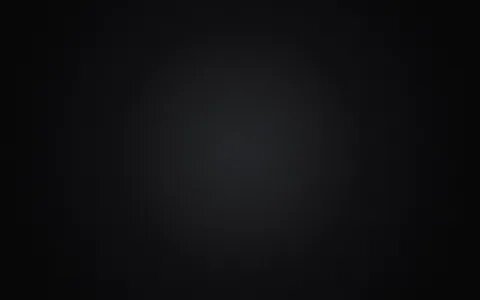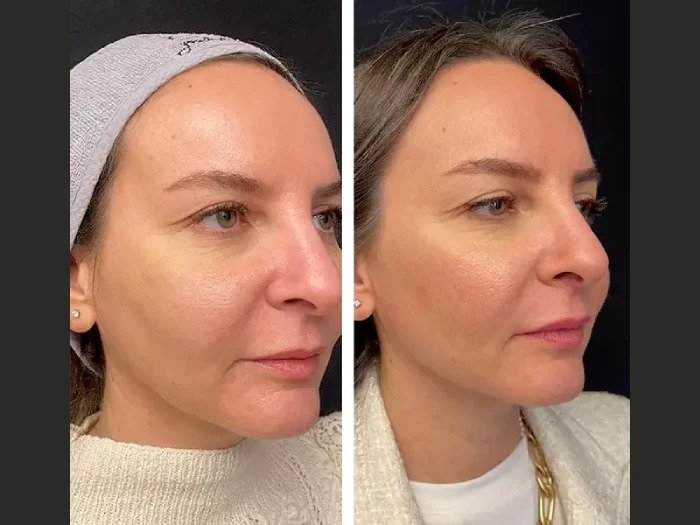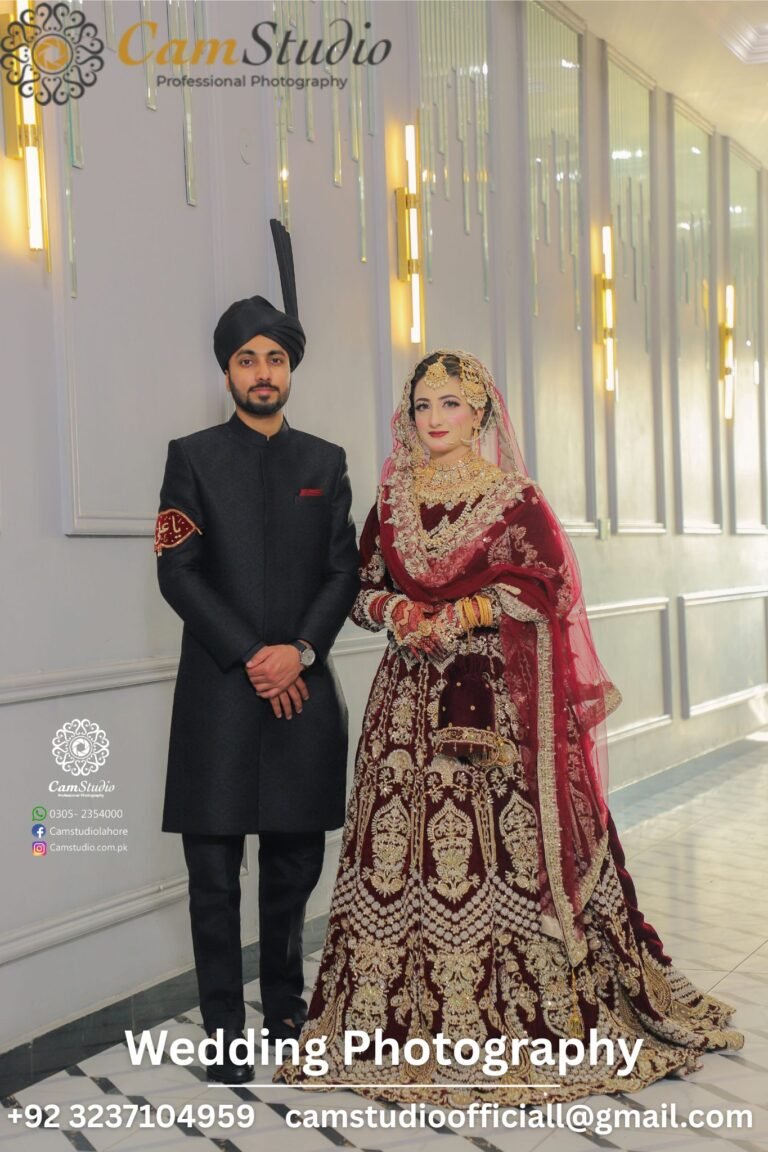Nose deformities, whether congenital, caused by injury, or the result of previous surgery, can affect both appearance and function. Rhinoplasty surgery in Dubai offers an effective solution to correct these deformities, restoring symmetry, facial balance, and nasal functionality.
Dubai has become a global destination for corrective rhinoplasty, thanks to its highly skilled, board-certified surgeons and advanced surgical technology. This article explores how rhinoplasty addresses nose deformities, the techniques used, the recovery process, and what to expect from expert care.
Types of Nose Deformities
Understanding the type of deformity is key to planning a successful rhinoplasty. Common issues include:
-
Crooked Nose: Deviation of the nasal bridge affecting symmetry.
-
Hump or Bump on the Nose: Excess bone or cartilage creating an uneven profile.
-
Collapsed Nasal Tip: Drooping or misshapen nasal tip affecting aesthetics and airflow.
-
Wide Nose: Broad nasal bridge or nostrils disproportionate to facial features.
-
Post-Traumatic Deformities: Resulting from accidents or injuries affecting nasal structure.
Corrective rhinoplasty not only addresses these aesthetic concerns but often improves breathing and nasal function simultaneously.
Surgical Techniques for Correcting Deformities
1. Open Rhinoplasty
Provides full visibility of the nasal structure, ideal for complex deformities requiring precise adjustments.
2. Closed Rhinoplasty
Performed through internal incisions, suitable for less severe deformities while avoiding visible scars.
3. Cartilage Grafting
Uses cartilage from the septum, ear, or rib to reconstruct or support the nose, especially in post-traumatic or revision cases.
4. Ultrasonic Rhinoplasty
Utilizes piezoelectric technology to sculpt bone gently, reducing trauma, swelling, and recovery time.
5. Functional Rhinoplasty
Combines corrective surgery with improvements in nasal airflow for deformities that affect breathing.
Consultation and Evaluation
A successful corrective rhinoplasty begins with a detailed consultation:
-
Medical History: Review of prior injuries or surgeries.
-
Physical Examination: Assessment of nasal structure and facial symmetry.
-
Imaging: 3D scans help visualize the outcome and plan precise corrections.
-
Customized Plan: Tailored approach to correct deformities while maintaining natural appearance.
Benefits of Corrective Rhinoplasty
-
Restored Symmetry: Achieves a balanced and harmonious facial appearance.
-
Improved Breathing: Corrects structural issues that obstruct airflow.
-
Enhanced Confidence: Patients often experience improved self-esteem.
-
Long-Lasting Results: Durable changes with proper surgical technique and aftercare.
-
Personalized Solutions: Procedures are customized to the patient’s unique anatomy and goals.
Recovery and Aftercare
Proper recovery ensures the best results after corrective rhinoplasty:
-
Keep the head elevated to reduce swelling.
-
Avoid heavy physical activity for 4–6 weeks.
-
Follow instructions for splint and bandage care.
-
Attend all follow-up appointments to monitor healing.
-
Protect the nose from trauma and sun exposure.
Most patients resume daily activities within 2–4 weeks, with full healing and final results visible within 12 months.
Choosing the Right Surgeon
Correcting nose deformities requires advanced expertise. When selecting a surgeon for rhinoplasty surgery in Dubai, consider:
-
Board-certified plastic surgeons experienced in complex and revision procedures.
-
Clinics with advanced imaging and surgical tools.
-
Positive before-and-after patient results.
-
Personalized consultation and treatment planning.
Clinics like Tajmeels Clinic specialize in corrective rhinoplasty, combining surgical precision, advanced technology, and patient-focused care to restore both function and aesthetics.
Frequently Asked Questions (FAQs)
1. Can rhinoplasty correct all types of nose deformities?
Most deformities can be corrected, but results depend on severity and the patient’s anatomy.
2. Is corrective rhinoplasty safe?
Yes. When performed by a board-certified surgeon using modern techniques, it is safe and effective.
3. How long does recovery take?
Initial recovery is 2–4 weeks, with full results visible after 12 months.
4. Can breathing problems be fixed during corrective rhinoplasty?
Yes. Functional techniques address airflow issues alongside aesthetic corrections.
5. How do I choose the right clinic for corrective rhinoplasty?
Look for board-certified surgeons, advanced facilities, personalized consultations, and proven patient results.





